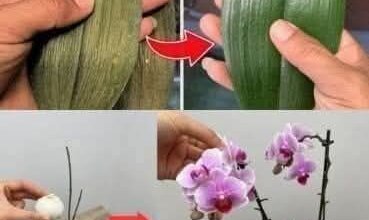After one bite, my neighbor rushed over to find out the recipe.

There’s something so delightful about a simple, low-carb lemon butter baked cod. This dish brings a touch of elegance to your dinner table but is easy enough to make on a weeknight. Cod is a mild-flavored fish that’s perfect for introducing to younger children or picky eaters who might not yet appreciate stronger fish varieties. The lemon and butter combination is a classic that adds brightness and richness, making it a surefire hit with the whole family.
This lemon butter baked cod is wonderfully versatile. Pair it with a side of roasted asparagus or steamed broccoli to keep things low-carb and healthy. Mashed cauliflower can mimic those familiar mashed potatoes but with fewer carbs. And for a touch of color and freshness, a simple mixed greens salad with a light vinaigrette works beautifully.
Low Carb Lemon Butter Baked Cod
Servings: 4
Ingredients
4 cod fillets (about 6 ounces each)
2 tablespoons olive oil
2 tablespoons unsalted butter, melted
1 tablespoon lemon juice
2 teaspoons lemon zest
3 cloves garlic, minced
1 teaspoon paprika
Salt and pepper to taste
1 tablespoon fresh parsley, chopped
Directions
Preheat your oven to 400°F (200°C) and line a baking sheet with parchment paper.
Place the cod fillets on the baking sheet. Drizzle them with olive oil and season with salt, pepper, and paprika.
In a small bowl, mix the melted butter, lemon juice, lemon zest, and minced garlic.
Pour the lemon butter mixture evenly over the cod fillets.
Bake in the preheated oven for 12-15 minutes, until the fish is opaque and flakes easily with a fork.
Remove from the oven, sprinkle with fresh parsley, and serve hot.
Variations & Tips
For a bit of extra crunch, you can top the fillets with a thin layer of grated Parmesan cheese mixed with almond flour before baking. If your family enjoys a bit of spice, a pinch of red pepper flakes in the lemon butter mixture will do the trick. For those who might not be a fan of cod, this recipe works equally well with other white fish like haddock or tilapia. Got extra lemon butter? Drizzle it over your vegetables for an added burst of flavor.



